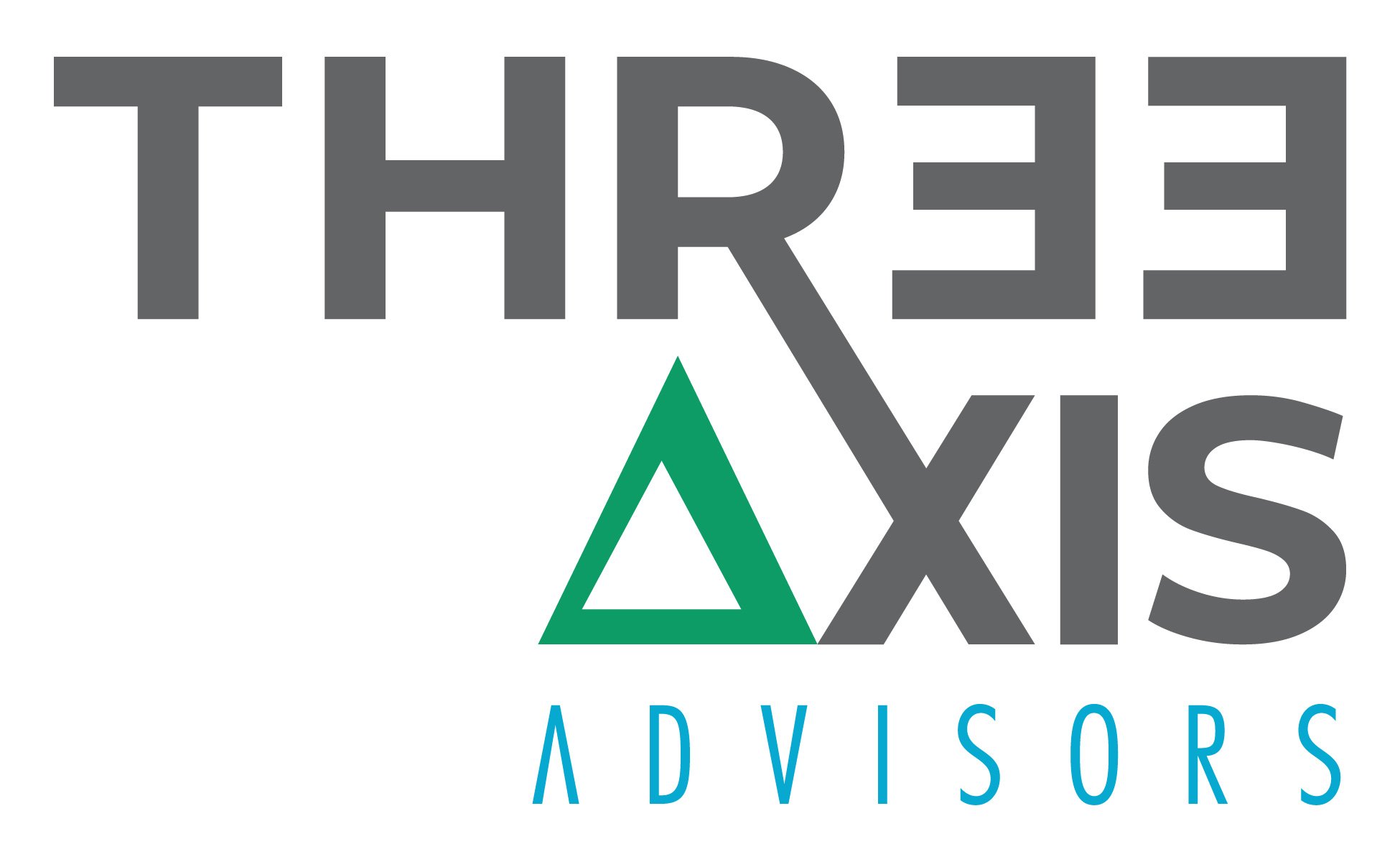Purple Haze: How a little purple pill called Nexium exposes big problems in the U.S. drug supply chain
In 2018, the U.S. Department of Health and Human Services (HHS) released a report detailing Medicare Part D spending on brand-name drugs that were also available as multi-source generics. At the top of that list was a popular medication known as Nexium, for which Medicare spent $1.06 billion (pre-rebate) in 2016, despite its manufacturer losing its patent exclusivity in early 2015.
When HHS released this report, we were fascinated by the fact that the highly competitive Medicare Part D program collectively produced such a perplexing outcome. Nexium not only had ample generic competition in 2016, but it had significant therapeutic competition from other inexpensive medications prescribed to regulate and/or suppress gastric acid secretion.
Motivated to understand the root cause of the elevated spending on this high-profile brand-name drug in 2016, we started to research the story of Nexium, and the old drug from which it was derived, Prilosec. It didn’t take long to figure out that Nexium has been a lightning-rod of a topic for more than a decade. Numerous journalists have written about the myriad tactics used by its manufacturer, AstraZenca, to block the generic market for Prilosec from taking hold while it transitioned patients from Prilosec to Nexium. But the press has not been completely negative. AstraZeneca was lauded by business school strategists and national marketing agencies for its ability to manifest a $35+ billion U.S. Nexium franchise out of the ashes of Prilosec – a drug that had lost its exclusivity, and as a result, essentially all its value for AstraZeneca in the U.S.
Despite ample media coverage over the past two decades, we struggled to find a comprehensive overview of the entire Nexium story that was supported by data and analytics needed to fully understand its many moving parts. To fill this void, we received funding from Waxman Strategies through a grant provided by Arnold Ventures to complete and publish this work. Our goal was simply to provide a full data-driven analysis of the Nexium story to help educate lawmakers and the general public on how a drug commonly viewed as a line extension first became a blockbuster drug for AstraZeneca and then exposed a host of warped incentives across the U.S. drug supply chain that continue to be exploited today. The information in this report can serve as the foundation for a more constructive debate on what regulation is needed to help reduce waste in the drug supply chain without sacrificing innovation.
This report is organized chronologically to build a step-by-step narrative for the reader. It is divided into five sections that correspond to different stages in Nexium’s lifecycle. Each section starts with a summary of what we view to be the section’s key takeaways.
The sections are:
Prilosec – the precursor to Nexium
Nexium comes to market
Nexium patent battles
AstraZeneca prepares for Nexium’s patent expiration
Nexium goes generic – where are all the savings?
In our view, the overall key takeaways from our “cradle-to-grave” research on Nexium are:
The approval of new drugs within the U.S. fails to adequately assess the value that new therapies provide to the healthcare system. Approving drugs based on safety and efficacy alone provides drug manufacturers with the incentive to bring to market line extensions that may be slightly more beneficial than currently available treatments, but with price tags that far exceed their incremental value. Meanwhile, in many instances, PBMs and health plans not only lack the proper incentives to block utilization on drugs like Nexium, but they have the financial incentive to actually promote their usage (i.e. rebates). In our view, one of the primary drivers of rising U.S. drug costs are the lack of proper incentives for 1) manufacturers to exclusively focus their efforts on the development of innovative new therapies with exceptional value propositions; and 2) PBMs, health plans, and providers to discourage utilization of poor cost/benefit drugs.
The use of artificial prices allows the supply chain to incentivize the use of one medication over another in ways not necessarily commensurate with a drug’s relative value. Nexium offered a 75% discount off its list price to incentivize its use over its U.S. competition (brand and generic). Similarly, reliance on AWP-based payment models for generic medications obscures the savings generic medications could otherwise provide to both patients and payers. Such pricing distortions are very concerning in our view. They provide a means for the drug supply chain to disproportionately profit off the volume of drugs dispensed, creating the incentive to dispense more drugs rather than to create better outcomes. In our view, the current design of the U.S. drug supply chain is highly reliant on sick people to generate rebates, price concessions, and pricing spreads that can then be used to help subsidize premiums for healthy people and generate excess profits for shareholders.
“One of the more thorough, but accessible, reads I’ve come across that explains drug pricing through the lens of ‘a little purple pill.’”

